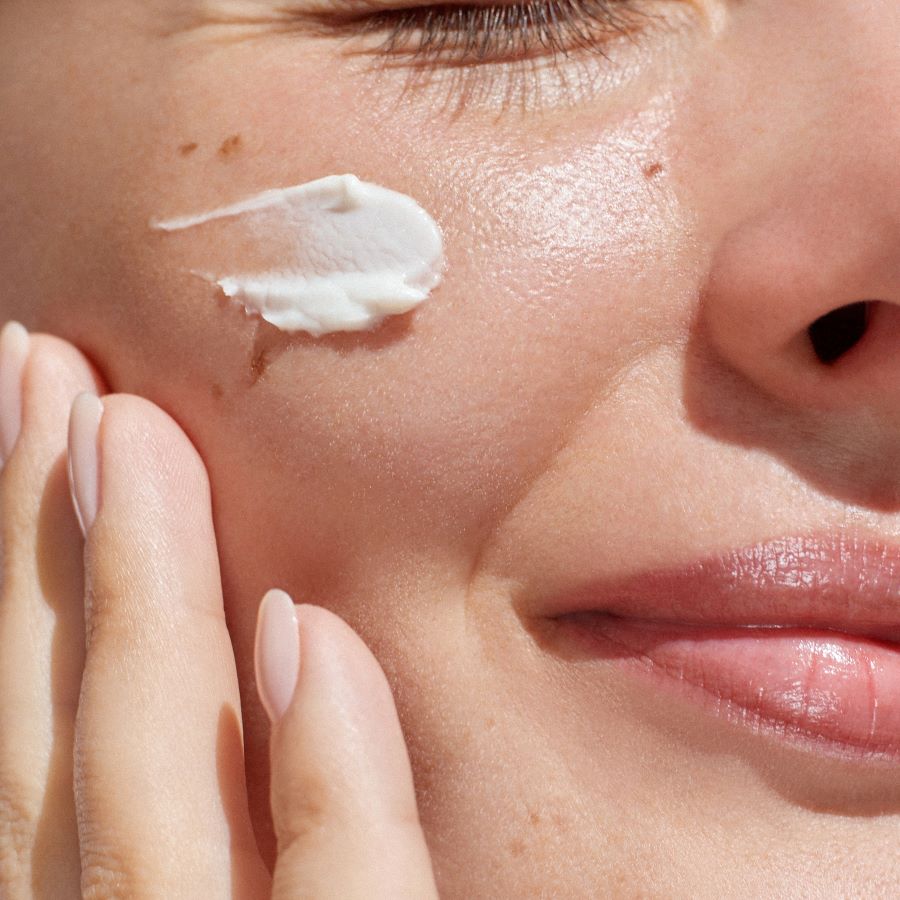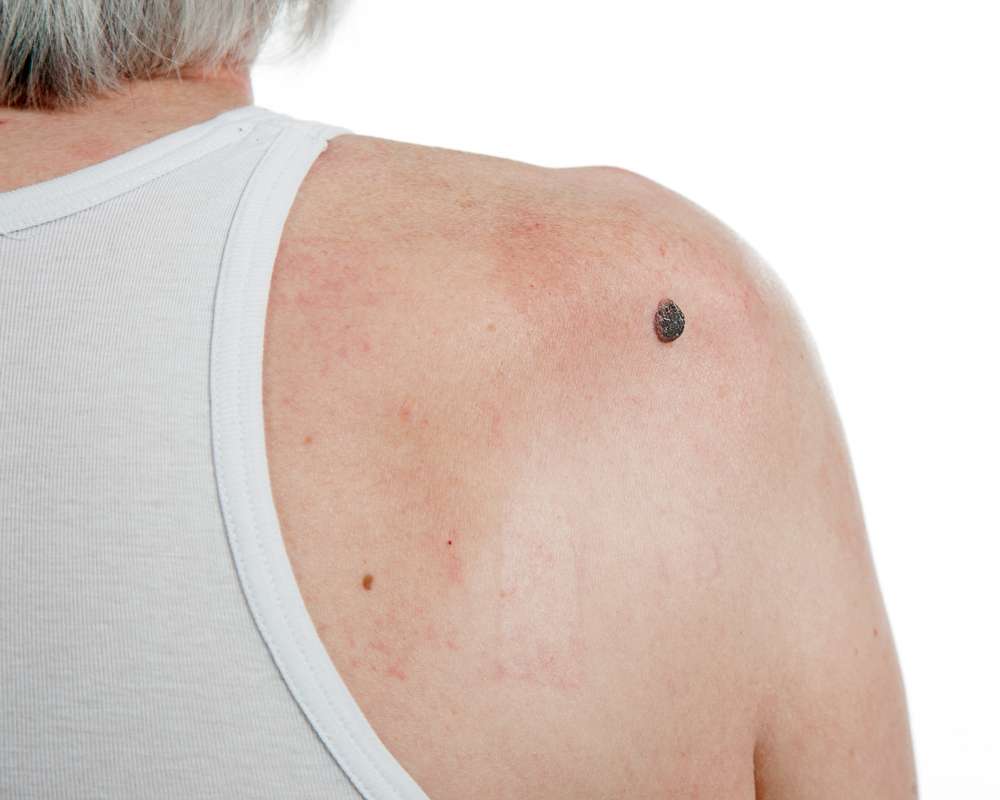What Is Anti-Aging Skincare and When Should You Start Using It?
Anti-aging skincare is about more than reducing wrinkles—it focuses on protecting the skin, preserving elasticity and supporting long-term skin health. With so many products and ingredients available, choosing the right routine can feel overwhelming. This guide breaks down how anti-aging skincare works, which ingredients deliver real results and how to tailor a routine based on skin type, age and lifestyle. Whether the goal is prevention or visible improvement, the insights provided help create an effective and realistic skincare plan.

The concept of anti-aging skincare has evolved significantly over the years. It encompasses a range of products and practices designed to protect the skin from environmental damage, boost collagen production, improve texture, and reduce the appearance of age-related changes. Many people wonder when they should start using anti-aging products, and the answer often depends on individual skin concerns, lifestyle factors, and genetic predisposition. Starting early with prevention-focused habits can be just as important as addressing existing signs of aging.
This article is for informational purposes only and should not be considered medical advice. Please consult a qualified healthcare professional for personalized guidance and treatment.
What Are the Key Ingredients and Benefits in Anti-Aging Skincare?
Effective anti-aging skincare relies on scientifically backed ingredients that target specific concerns. Retinoids, including retinol and prescription-strength tretinoin, are among the most researched ingredients for reducing fine lines and improving skin texture. They work by increasing cell turnover and stimulating collagen production. Vitamin C is another powerful antioxidant that brightens skin tone, fades hyperpigmentation, and protects against free radical damage from sun exposure and pollution.
Hyaluronic acid is a hydrating ingredient that plumps the skin and reduces the appearance of fine lines by attracting and retaining moisture. Peptides are amino acid chains that support the skin’s natural repair processes and help maintain firmness. Niacinamide, also known as vitamin B3, improves skin barrier function, reduces redness, and minimizes pore appearance. Sunscreen is perhaps the most critical anti-aging product, as ultraviolet radiation is the primary cause of premature aging. Daily broad-spectrum SPF 30 or higher protects against sun damage and prevents further deterioration.
How to Build an Effective Anti-Aging Skincare Routine?
Building an anti-aging routine requires a thoughtful approach that balances active ingredients with gentle, supportive products. Start with a mild cleanser that removes impurities without stripping the skin of its natural oils. Follow with a treatment serum containing active ingredients like retinol, vitamin C, or peptides, depending on your primary concerns. Apply these products to clean, dry skin and allow them to absorb fully before moving to the next step.
Moisturizer is essential for maintaining skin hydration and supporting the skin barrier, especially when using active ingredients that can cause dryness or sensitivity. Choose a formula appropriate for your skin type, whether lightweight for oily skin or richer for dry skin. Eye cream can address specific concerns around the delicate eye area, such as dark circles, puffiness, and crow’s feet. Always finish your morning routine with sunscreen, as this step protects your skin from further damage and preserves the benefits of your other products.
Consistency is key when building an anti-aging routine. Introduce new products gradually, especially potent actives like retinoids, to allow your skin to adjust. Start with lower concentrations and increase frequency slowly. Most anti-aging ingredients require several weeks to months of consistent use before visible results appear, so patience and commitment are important.
Choosing the Right Products Based on Skin Type, Age, and Goals
Selecting anti-aging products should be tailored to your unique skin characteristics and objectives. For oily or acne-prone skin, lightweight gel-based moisturizers and non-comedogenic formulas prevent clogged pores while delivering anti-aging benefits. Dry or mature skin benefits from richer creams with emollients and occlusives that lock in moisture. Sensitive skin requires gentler formulations with fewer potential irritants, and patch testing new products is advisable.
Age considerations also play a role in product selection. Those in their twenties and early thirties often focus on prevention with antioxidants, sunscreen, and light moisturizers. As skin matures in the mid-thirties to forties, incorporating retinoids and peptides becomes more beneficial for addressing emerging fine lines and loss of firmness. In the fifties and beyond, richer formulations with multiple active ingredients can address more pronounced signs of aging, including deeper wrinkles and significant volume loss.
Your specific goals should guide product choices as well. If hyperpigmentation is a concern, prioritize vitamin C, niacinamide, and alpha hydroxy acids. For loss of firmness and elasticity, look for peptides, growth factors, and retinoids. If fine lines around the eyes are your primary concern, targeted eye creams with caffeine, peptides, and hyaluronic acid can be effective. Understanding your priorities helps you invest in products that will deliver the most meaningful results.
When Should You Start Using Anti-Aging Products?
The ideal time to begin anti-aging skincare is earlier than most people think. Dermatologists often recommend starting preventive measures in your mid-twenties, when collagen production begins to slow and environmental damage starts to accumulate. At this stage, focus on sun protection, antioxidants, and maintaining skin hydration. These foundational habits prevent premature aging and establish a solid skincare routine.
By your late twenties to early thirties, introducing mild retinol products can help maintain skin texture and prevent the formation of fine lines. This is also a good time to incorporate targeted treatments for specific concerns like dark spots or uneven tone. Listen to your skin and adjust your routine based on how it responds. Some people may need more intensive treatments earlier due to genetics, sun exposure history, or lifestyle factors like smoking.
It is never too late to start an anti-aging routine. Even if visible signs of aging are already present, consistent use of proven ingredients can improve skin appearance and slow further deterioration. The key is to begin with realistic expectations and commit to long-term use, as anti-aging skincare is an ongoing process rather than a quick fix.
Understanding the Science Behind Skin Aging
Skin aging occurs through two primary processes: intrinsic aging and extrinsic aging. Intrinsic aging is the natural, genetically determined process that occurs over time. It involves gradual decreases in collagen and elastin production, slower cell turnover, and reduced oil gland activity. This type of aging typically becomes noticeable in the forties and fifties.
Extrinsic aging results from external factors, primarily sun exposure, pollution, smoking, and lifestyle choices. Ultraviolet radiation breaks down collagen and elastin fibers, leading to wrinkles, sagging, and pigmentation changes. Free radicals from environmental stressors cause oxidative damage to skin cells. Unlike intrinsic aging, extrinsic aging is largely preventable through protective measures and healthy habits. Understanding these mechanisms helps explain why prevention-focused skincare is so effective and why sun protection is non-negotiable in any anti-aging routine.
Conclusion
Anti-aging skincare is a proactive approach to maintaining healthy, resilient skin throughout your life. By understanding key ingredients and their benefits, building a consistent routine, and choosing products suited to your skin type and goals, you can effectively address signs of aging while preventing future damage. Starting early with preventive measures offers the best long-term results, but it is never too late to begin caring for your skin. With patience, consistency, and evidence-based products, you can support your skin’s health and appearance for years to come.




